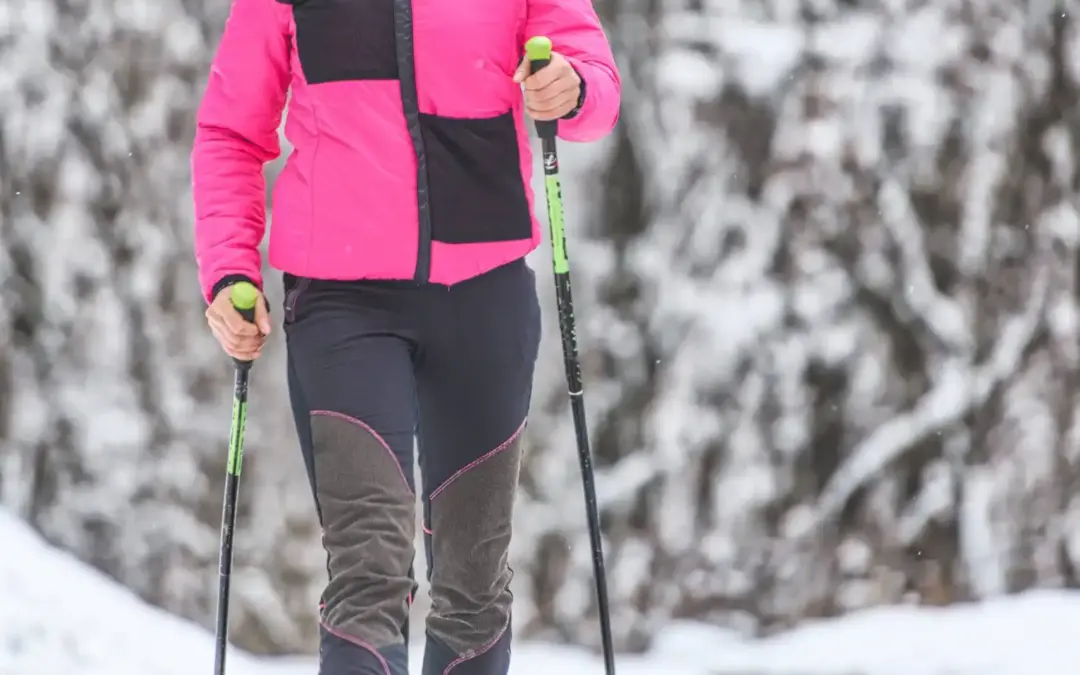Introduction
Week 8 at Fluid Health and Fitness completed the study of frontal plane biomechanics by focusing on swing-phase mechanics across the scapulothoracic and glenohumeral (ST/GH) complex, the lumbopelvic sacroiliac (LPSI) region, and the ankle-foot complex. This phase emphasized dynamic postural control, neuromuscular integration, and joint alignment during unilateral movement.
Fluid’s guiding principle—structure before conditioning, movement quality before intensity—was again central. Training in the swing phase highlights the demand for counterbalance, precision, and timing across the kinetic chain.
Why It Matters
During the swing phase in the frontal plane, limbs must transition laterally without compromising spinal alignment, pelvic stability, or foot clearance. Imbalances in these systems result in compensatory movement, reduced gait efficiency, and increased injury risk. Mastery ensures smoother transitions, better energy transfer, and reduced fatigue.
Step-by-Step Breakdown of Week 8
|
Day |
Focus Area |
Objective |
|
Day 1 |
Scapulothoracic & Glenohumeral |
Maintain upper extremity alignment and stability during arm swing. |
|
Day 2 |
Lumbopelvic & Sacroiliac |
Stabilize trunk and control lateral pelvic tilt during leg swing. |
|
Day 3 |
Ankle & Foot Complex |
Ensure foot clearance, ankle control, and balance during swing. |
Core Concepts Reinforced
- Scapulothoracic and Glenohumeral (Day 1)
- Neutral ST Position: 2–3 inches from spine, slight upward rotation (5°–10°), posterior tilt (10°–15°).
- GH Centering: Humeral head stable in glenoid; no excessive elevation or depression.
- Key Movements: ST elevation/depression, upward/downward rotation; GH abduction/adduction.
- Muscle Roles:
- Elevation: Upper traps, levator scapulae.
- Depression: Lower traps, lats, pec minor.
- GH Abduction: Deltoid, supraspinatus.
- GH Adduction: Pec major, lat dorsi, teres major.
- Common Dysfunctions: Elevated scapula, restricted rotation, GH instability.
- Lumbopelvic and Sacroiliac (Day 2)
- Neutral Alignment: Slight lateral flexion toward stance side; pelvic leveling.
- Key Motions:
- Pelvic Tilt: Controls leg swing and weight shift.
- Lateral Lumbar Flexion: Maintains trunk over base of support.
- SI Joint Motion: Minimal nutation/counter-nutation stabilizes pelvis.
- Key Muscles:
- Adductors, glute med, QL, obliques, multifidus.
- Common Dysfunctions: Excessive pelvic drop, lateral lumbar instability, SI dysfunction.
- Ankle and Foot Complex (Day 3)
- Neutral Foot Alignment: Slight dorsiflexion, neutral arch position.
- Swing Mechanics:
- Dorsiflexion: Clears toes during swing.
- Inversion/Supination: Stabilizes foot pre-stance.
- Eversion/Pronation: Balances lateral loads.
- Muscles Involved:
- Dorsiflexors: Tibialis anterior, EDL, EHL.
- Evertors: Peroneals.
- Invertors: Tibialis posterior, anterior.
- Plantarflexors: Gastrocnemius, soleus.
- Common Dysfunctions: Drop foot, excessive pronation/supination.
Preparation: Awareness and Screening
- Upper Body: Observe scapular elevation and shoulder symmetry during swing.
- Core: Check for excessive trunk lean, pelvic drop, or rotation.
- Lower Body: Evaluate foot clearance, inversion/eversion during gait.
Corrective Drills and Training Strategies
- Scapulothoracic/Glenohumeral (Day 1)
- Scapular mobility: Wall slides, retractions, thoracic extensions.
- Stabilizer strength: Y/T/Ws, serratus punches, band rows.
- GH mobility: Arm circles, resisted external rotation.
- Lumbopelvic & SI (Day 2)
- Mobility: Pelvic tilts, lumbar side bends, rotational stretches.
- Strength: Side planks, clamshells, resisted hip adduction.
- Neuromuscular: One-leg balance, lateral lunges, pelvic shifting drills.
- Ankle & Foot (Day 3)
- Mobility: Ankle circles, dorsiflexion wall stretches.
- Strength: Toe raises, resisted inversion/eversion.
- Balance: Proprioception drills, wobble board tasks, barefoot training.
Aftercare and Real-World Application
- Reinforce neutral head and shoulder alignment during walking or running.
- Cue pelvic stability during single-leg transitions.
- Monitor foot mechanics in stride and adjust for excessive pronation/supination.
- Practice symmetry in both sides to reduce habitual dominance.
Checkpoint Questions
- What maintains GH stability during lateral arm swing?
- Which muscles control pelvic drop and lateral trunk sway?
- How do dorsiflexors and invertors ensure foot clearance?
- What are signs of SI dysfunction during swing phase?
Conclusion
Week 8 integrated the upper, middle, and lower segments of the kinetic chain during the most dynamic phase of gait. With the scapulothoracic and glenohumeral complex ensuring upper limb rhythm, the LPSI region managing trunk balance, and the foot and ankle coordinating ground clearance, you achieved complete frontal plane swing efficiency.
This training laid the groundwork for more complex motion—emphasizing control, balance, and proprioceptive feedback to prevent breakdown and prepare for higher-level movement.
Control the swing, maintain the chain, and move with lateral intelligence.



